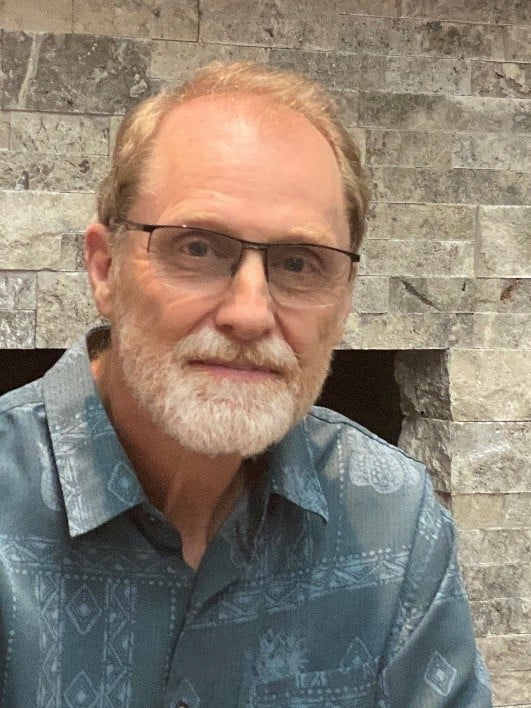The Truth About Making Changes in Your Life: It’s an Inside Job!!
-the-truth-about-making-changes-in-your-life-400.jpg)

How many therapists does it take to change a lightbulb?
Only one, but the lightbulb must really want to change.
This joke, often shared in therapy circles, underscores a fundamental truth about the nature of change. As a psychologist with 47 years of experience, I've dedicated my career to helping people navigate life's transitions. Change is a fascinating subject for me, one I've seen manifest in countless ways through my clients' journeys.
The Reality of Change
Clients come to me because something in their life isn’t working the way they want it to. They believe that by changing something, they can achieve the happiness or satisfaction they seek. Over the years, I've witnessed many positive transformations, yet these changes are rarely what clients initially expect. Early in my career, I learned a crucial lesson: true change is not about solving problems for others, but about facilitating their internal growth.
The Pitfalls of Problem Solving
Fresh out of graduate school, I was eager to help anyone change anything they wanted. I soon realized I was confusing problem solving with change. Problem solving for others is an endless task that leads to professional burnout and doesn't result in meaningful change. This approach feeds into what I call the “if/then double lie” – the belief that a perfect solution exists “out there,” and once found, it will make everything wonderful.
The External vs. Internal Dilemma
The first issue with this approach is its focus on external changes. We want to believe that if we can just get organized, lose weight, or discover our true selves, we'll be happy and fulfilled. However, real change happens when we address internal conflicts and negative self-judgments. As Father Richard Rohr wisely said, “Almost all people are carrying a great and secret hurt, even when they don’t know it.” Healing this hurt is the gateway to change.
The Illusion of a Perfect Life
The second problem with the “if/then double lie” is its promise of an unattainable reality. We erroneously believe that happiness and a life without problems are our birthright. True change occurs when we accept life as it is, rather than clinging to emotionally immature beliefs about how life should be. I often remind clients, “The pain is real. The conclusions you are coming to about that pain are wrong.”
The Ego's Role in Resistance to Change
Change becomes possible when we stop blaming external factors for our pain and start reevaluating the stories we tell ourselves. A key part of growing up is forming a coherent and consistent identity, which helps us function effectively in the world. The problem is that our identity, or ego, also serves to separate us from the world. When an ego gets too strong, it views itself as the central focus making us believe the world should accommodate us.
The ego sustains itself by telling the world and itself a story about itself and then forgetting that it is just a story and not the Truth.
Challenging the Ego's Story
Imagine yourself at a party talking to someone you don’t know. What are you talking about? Most likely, you are telling some part of your story – where you grew up, what you do for a living, all your accomplishments, how many children you have, etc. This is your ego telling its story.
It is through telling our story that we establish who we are and reinforce our sense of identity and value.
Our ego drives the focus on the search for an external solution to our discomfort, and it also serves to protect us from the “great and secret hurt” of our lives. In what a friend of mine labeled “the dark art of ego defense,” the ego resists any change to the story we tell, making true transformation difficult.
The Hard Work of True Change
The third reason change is so hard is because it requires us to challenge our ego story and heal our deep-seated hurts. Learning a new story about our lives is tough because our primal story, the one we created to emotionally survive childhood, is like wax melted into fabric – hard to remove completely. The ego resists this process fiercely.
The Essence of True Change
True change lies not in altering our external circumstances but in transforming our internal narrative. This journey involves healing our deepest hurts and revising the stories we tell ourselves about our pain and identity.
As we challenge the ego's defenses and embrace a new understanding of our lives, we move beyond the superficial fixes and into a profound transformation. This internal shift is neither easy nor quick; it requires persistent self-reflection and a willingness to confront uncomfortable truths. But if you are willing to make the effort, the results are transformational.
Heal your pain, change your story.
Change your story, change your life.
Please share your thoughts on this topic in the comment section below.
Find out more about the services we have available to help you find the success you want and deserve!
© Vega Behavioral Consulting, Ltd., All Rights Reserved
About Dr. Gary M. Jordan, Ph.D.
Gary Jordan, Ph.D., has over 35 years of experience in clinical psychology, behavioral assessment, individual development, and coaching. He earned his doctorate in Clinical Psychology from the California School of Professional Psychology – Berkeley. He is co-creator of Perceptual Style Theory, a revolutionary psychological assessment system that teaches people how to unleash their deepest potentials for success. He’s a partner at Vega Behavioral Consulting, Ltd., a consulting firm that specializes in helping people discover their true skills and talents.
Additional information about Dr. Jordan